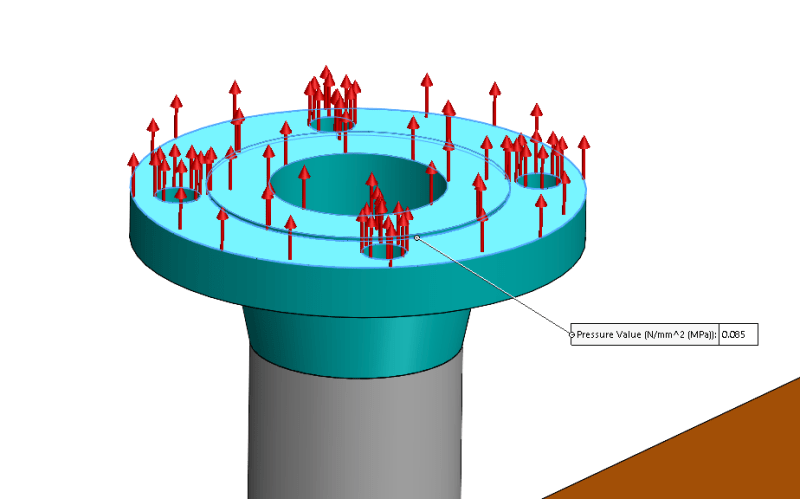FPPE
Mechanical
- Mar 4, 2022
- 194
thread794-454328
Hello,
I refer to the article mentioned above: I would like to understand how (in formula) to calculate the pressure thrust to be inserted as traction pressure on the face of the flange.
Thank you
Hello,
I refer to the article mentioned above: I would like to understand how (in formula) to calculate the pressure thrust to be inserted as traction pressure on the face of the flange.
Thank you

